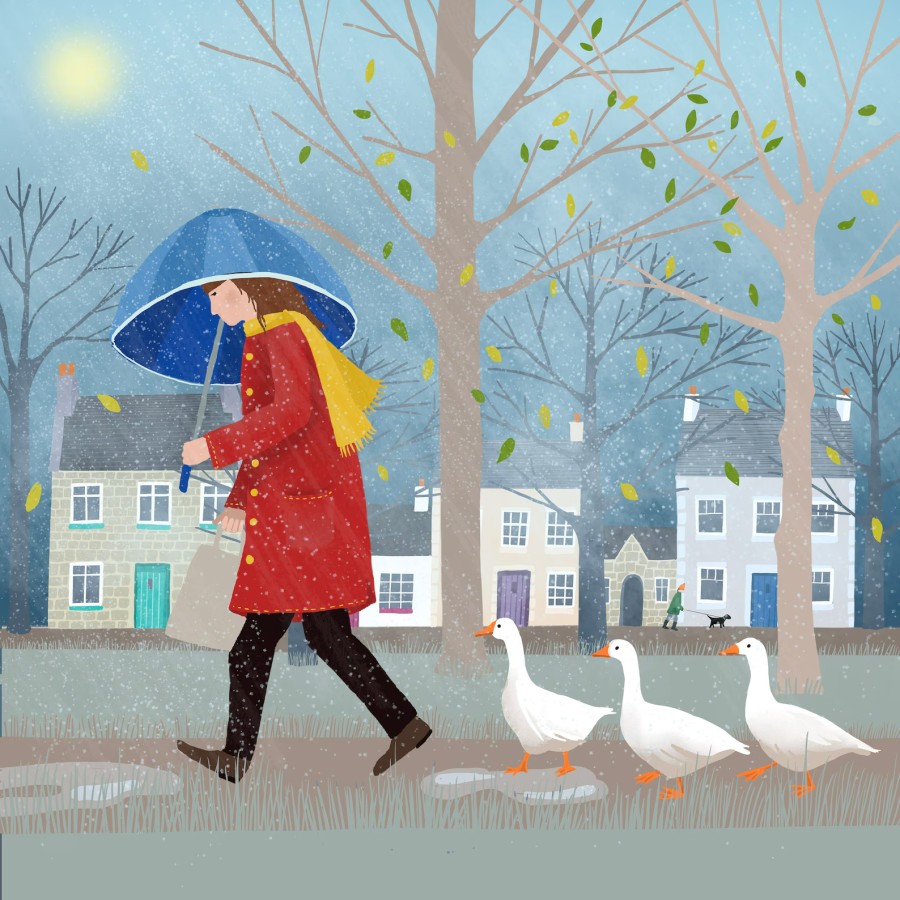
For those of us not blessed with a ‘left brain’, how do we know which lightbulbs to buy at the store, to reduce bills and help the planet? The answer for the most part is LED lightbulbs, which last up to 20 years and save 90% on bills (around £40 a year for the average household). Philips offer quality LED bulbs.
Turn off unused lights, close curtains and use task lights when able, to help stop birds flying into windows and reduce light pollution for wildlife.
Flickering lightbulbs can be due to old bulbs, poor weather and incompatible dimmers, but can also be due to loose wiring, overloaded circuits or faulty electrics, so for concerns, consult a qualified electrician.
You can recycle LED lightbulbs at recycling centres, but older incandenscent lightbulbs have to go in your dustbin (pad in paper especially if broken to avoid harming refuse workers). Some hardware and lighting shops recycle flourescent bulbs, otherwise ask your local council, as policies differ.
Incandescent (old-fashioned) lightbulbs were invented over 100 years ago. By today’s standards they don’t work well as just 5% of the electricity produced converts to light and they are easy to ‘blow out’ (the light created by the filament evaporates with use). Halogen bulbs (for spotlights) are slightly better but still not that efficient. Both are now gradually being replaced with LED bulbs that work just as well, but with far less energy and therefore cost.
LED stands for ‘light emitting diodes’ and turn on immediately (so no ‘turning on a light for it to gradually get brighter). They are less likely to ‘flicker’ which can be annoying but also upsetting for children and pets. You can buy energy-efficient strip lights that again are better than flourescent lights and less likely to flicker, emitting a better quality light.
Rather than ‘watts’, modern LED lightbulbs are sold in lumens. So a 40 watt bulb is 470 lumens, a 60 watt bulb is 800 lumen and a 100 watt bulb is 1520 lumens. Choose warm white bulbs for homes and cool white for offices and a CRI (colour rendering index) of 80 or more, for common household use.
other ways to reduce your lighting bills
Turn off lights when you leave a room. Decide whether you actually need extra lights or lamps. It’s good to have switches that are easy to turn off near rooms, but always use a qualified electrician, when dealing with electrics.
Use sensors on external lights, so they turn off, when not in use. Dust lampshades and fittings, to help increase the light.
Another good idea is to simply rearrange rooms to let in natural light. A dingy lounge may not need extra lighting when you remove unused heavy dark furniture, paint the walls a light neutral colour and rearrange sofas in a conversational L-shape (away from the window, to avoid blocking natural light).. Avoid facing indoor foliage to gardens, to help stop birds flying into windows.






